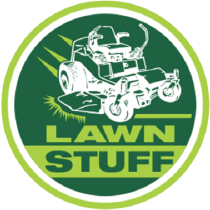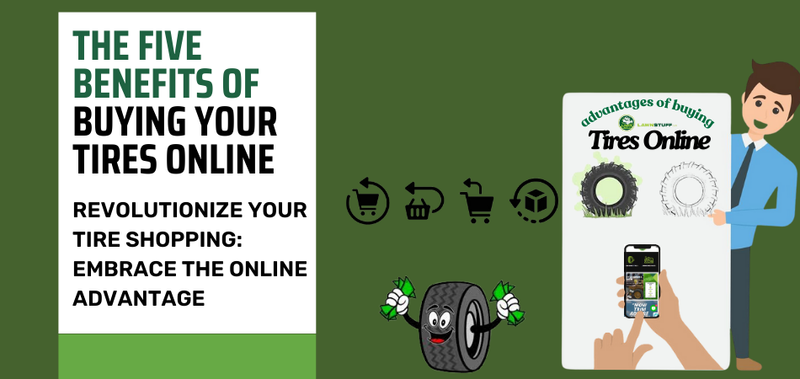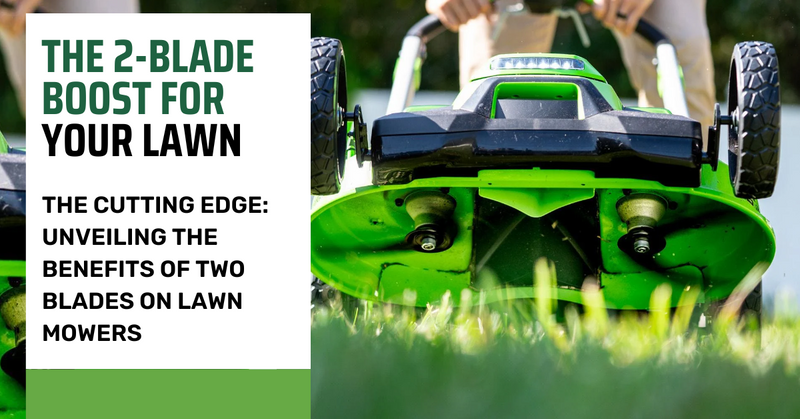

When it comes to maintaining a lush, healthy lawn, your mower's tires are often overlooked. However, the tread pattern on those tires plays a crucial role in not only the performance of your mower but also the well-being of your grass. Making the right tire choice can make the difference between a smooth, efficient mow and a frustrating, turf-damaging experience.
So, let's roll up our sleeves and dive into the world of lawn mower tires, exploring the different tread patterns and their best applications.

1. Smooth Tread: The Gentle Giant
Smooth tread tires are like velvet gloves for your lawn. With their completely flat surface, they glide over the grass with minimal disruption. This makes them perfect for well-manicured lawns and delicate turf like golf courses. If your top priority is preserving the aesthetic beauty of your lawn, smooth treads are your best bet.
2. Turf Tread: The All-Rounder
Turf treads are the most common type of lawn mower tire, and for good reason. Their balanced design strikes a perfect harmony between traction and turf protection. They provide excellent grip on flat surfaces without tearing up the grass, making them versatile enough to handle a variety of mowing conditions. Whether your lawn is slightly uneven or tends to get a bit damp, turf treads can handle it with grace.
3. Ribbed Tread: The Hill Master
Got slopes? Ribbed treads are your answer. The straight, parallel ribs provide exceptional stability and minimize lateral slippage on hillsides. They help your mower maintain its path without causing soil erosion or damaging the underlying turf. If your mowing terrain includes inclines or requires precise directional control, ribbed treads are the way to go.
4. Knobby Tread: The Off-Road Warrior
For the toughest mowing challenges, knobby treads reign supreme. These aggressive tires with their deep, chunky lugs offer unparalleled traction on rough, uneven terrain. Mud, loose soil, even rocky patches – knobby treads dig in and power through, preventing your mower from getting bogged down. If you've got a large property with varied terrain or need to mow in less-than-ideal conditions, these are the tires for you.
5. All-Terrain Tread: The Jack-of-All-Trades
As the name suggests, all-terrain treads offer a happy medium between the gentleness of turf treads and the aggressiveness of knobby treads. They provide good traction in both dry and wet conditions, making them suitable for a wide range of mowing scenarios. If your lawn features a mix of terrain types or you simply need a versatile tire that can handle anything you throw at it, all-terrain treads are a reliable choice.
Making the Right Choice
Choosing the right tread pattern for your lawn mower tires can significantly enhance your mowing experience. Consider the terrain of your lawn, the typical mowing conditions you encounter, and your priorities for turf protection. By carefully matching your tires to your needs, you'll ensure optimal performance, a healthier lawn, and a more enjoyable mowing experience overall.
Remember, your lawn mower's tires are more than just rubber on wheels. They're the connection between your machine and the living landscape you're working to maintain. So tread wisely, and let your tires help you achieve the lawn of your dreams!
Finding the Right Turf Tire Tread Pattern
When it comes to choosing the right tires for your lawn and turf equipment, the tread pattern is one of the most important factors to consider. The tread pattern of a tire is an indicator of its intended use and will determine the applications in which it is most successful. Pairing the proper tread pattern to an application can improve everything from productivity to service life (and ultimately profit).
Types of Turf Tire Tread Patterns
There are two main types of turf tire tread patterns: R-3 and R-3+.
- R-3 Turf Tires
R-3 turf tires are designed for use on well-maintained lawns and turf. They feature a dense pattern of relatively shallow blocks or buttons. These blocks are often arranged in a diamond or chevron shape. R-3 tires are known for their minimal turf disturbance, good traction on flat terrain, and comfortable ride.

-
R-3+ (Hybrid) Turf Tires
R-3+ turf tires are a hybrid of R-3 turf tires and R-1 agricultural tires. They have deeper treads than R-3 tires with larger, more widely spaced lugs. R-3+ tires offer improved traction, enhanced self-cleaning, and versatility. They are suitable for a wider range of conditions, including some off-road use.

Choosing the Right Turf Tire Tread Pattern
The best way to choose the right turf tire tread pattern for your needs is to consider the following factors:
- Primary use: If your equipment is used exclusively on well-maintained lawns or turf, R-3 tires are likely sufficient. If you encounter varied terrain, slopes, or less-than-ideal conditions, R-3+ tires may be a better choice.
- Soil type: R-3 tires work best on firm ground. If you often work on loose or sandy soil, the extra traction of R-3+ tires can be beneficial.
- Weather conditions: R-3+ tires offer improved performance in wet or muddy conditions compared to R-3 tires.
Additional Tips for Choosing Turf Tires
- Consider the size and weight of your equipment: Larger and heavier equipment will require tires with a higher load capacity.
- Think about the type of terrain you will be working on: If you will be working on hills or slopes, you will need tires with good traction.
- Get advice from a tire expert: A tire expert can help you choose the right tires for your specific needs and budget.
Conclusion
Choosing the right turf tire tread pattern is an important decision that can impact the performance, productivity, and profitability of your lawn and turf equipment. By considering the factors discussed in this blog post, you can make an informed decision that will help you get the most out of your tires.










